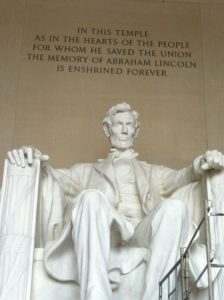 Abraham Lincoln had a busy day, this April 11, 1865. There were meetings, then more meetings, and proclamations (and more proclamations), a pass for his friend, and a request to General Grant. That evening he would give a speech that would cost him his life.
Abraham Lincoln had a busy day, this April 11, 1865. There were meetings, then more meetings, and proclamations (and more proclamations), a pass for his friend, and a request to General Grant. That evening he would give a speech that would cost him his life.
Early in the day he consulted with General Benjamin Butler. Butler seemed to be involved in everything important happening in the war, from the workaround to avoid more bloodshed in Baltimore as northern troops first passed through the southern-leaning city on the way to protect Washington. Then there was New Orleans and Fortress Monroe and that whole business with Butler declaring that any enslaved people who escaped into Union lines would be considered contraband of war, and thus would not be returned to the South. It was this topic – what to do with the freed people – that Lincoln and Butler discussed on this fateful day, just two days after Lee’s surrender at Appomattox.
Despite the surrender of Lee’s army, the war was not over. Lincoln issues several proclamations closing certain ports of entry and defining foreign port privileges. He also modifies the blockade of Key West, Florida. The end was near, but there was more to be done.
Ward Hill Lamon, Lincoln’s friend and the current Marshall of the District of Columbia, stopped by the White House with Secretary of the Interior John P. Usher to discuss a proposed trip to Richmond. Now that the Confederate capital had fallen, Lamon was to serve as Lincoln’s eyes for a reconstruction convention. Lincoln writes Lamon a pass: “Allow the bearer, W.H. Lamon & friend, with ordinary baggage to pass from Washington to Richmond and return.” Lamon would still be in Richmond four days later.
The meetings were not over. Secretary of the Navy in his diary describes a contentious cabinet meeting in which cotton trade is the chief topic. Lincoln had authorized some restricted trade of cotton with the South to help northern textile mill owners get back to business, but there were questions as to whether it was aiding the South as well. Meanwhile, Mrs. Lincoln was writing to General Grant that the President was ill but “would be very much pleased to see you this…evening,” adding that she would like Grant “to drive…with us to see the illumination.”
Lincoln may have been ill, but he was also busy putting the finishing touches on what would turn out to be the last public speech he would give in his presidency, and indeed, in his life.
The night before, when news of Lee’s surrender was ballyhooed in the papers, a crowd had gathered at the White House and chanted for Lincoln to give a speech. He begged off, saying the occasion called for thoughtfully considered remarks rather than an off-the-cuff victory speech. When he arrived at the window on the 11th he gave a much longer, and much more serious, speech than the crowd anticipated. Focusing on the newly approved constitution for reconstructing Louisiana, the first former Confederate state to do so. While generally in favor of the effort, he did note that:
It is also unsatisfactory to some that the elective franchise is not given to the colored man. I would myself prefer that it were now conferred on the very intelligent, and on those who serve our cause as soldiers.
Lincoln had been pushing for African American voting rights in private letters to the military governor in Louisiana, but the legislature thought that was too radical for the times and left it out. Lincoln’s pronouncement that at least some African Americans – certainly those who risked their lives serving in the Union army and navy – should have the ability to vote was the first time he would publicly make his views clear. At least one person in the audience found it to be too much. John Wilkes Booth heard Lincoln’s call, and after expressing his racial hatred, vowed, “That is the last speech he will ever give.”
He was right. Four days later, on the evening of April 14, 1865, John Wilkes Booth slipped into the president’s box at Ford’s Theatre and fatally shot the seated Lincoln in the back of the head. Lincoln died the next morning never having regained consciousness.
Assassinated, in large part, because of that fateful speech on April 11th.

Lincoln: The Fire of Genius: How Abraham Lincoln’s Commitment to Science and Technology Helped Modernize America is available at booksellers nationwide.
Limited signed copies are available via this website. The book also listed on Goodreads, the database where I keep track of my reading. Click on the “Want to Read” button to put it on your reading list. Please leave a review on Goodreads and Amazon if you like the book.
You also follow my author page on Facebook.
David J. Kent is President of the Lincoln Group of DC and the author of Lincoln: The Fire of Genius: How Abraham Lincoln’s Commitment to Science and Technology Helped Modernize America and Lincoln: The Man Who Saved America.
His previous books include Tesla: The Wizard of Electricity and Edison: The Inventor of the Modern World and two specialty e-books: Nikola Tesla: Renewable Energy Ahead of Its Time and Abraham Lincoln and Nikola Tesla: Connected by Fate.



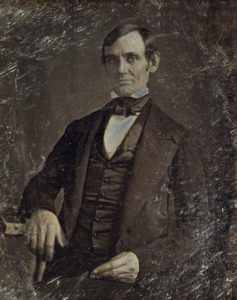 On April 4, 1860, a mere six weeks before he would be nominated as the Republican candidate for president, Abraham Lincoln wins a case formally known as
On April 4, 1860, a mere six weeks before he would be nominated as the Republican candidate for president, Abraham Lincoln wins a case formally known as 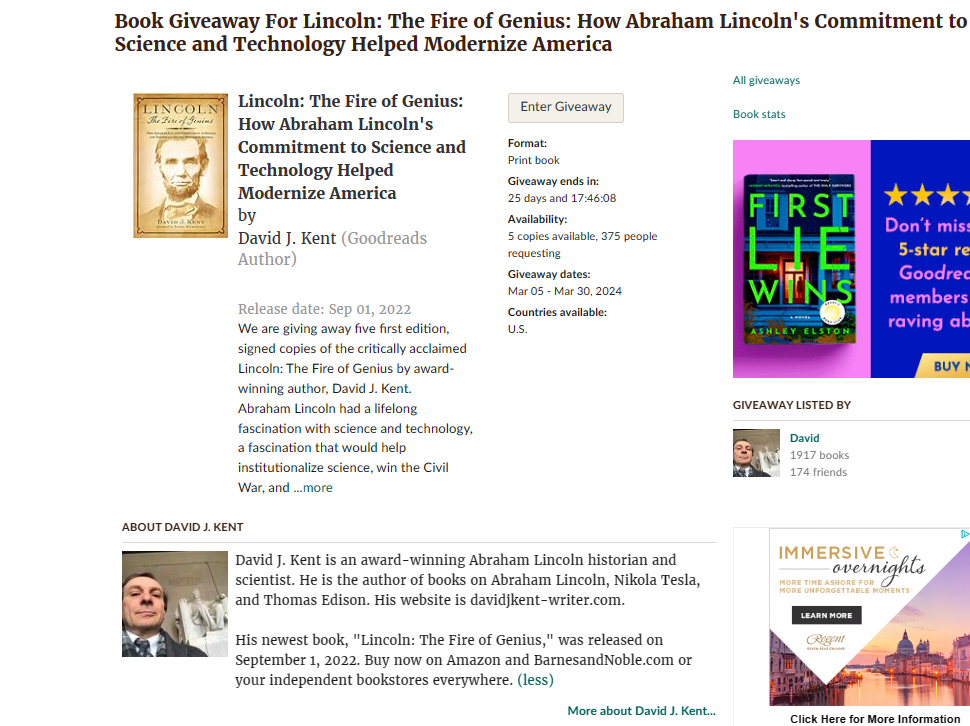
 On March 13, 1862, Nathaniel Hawthorne, the great novelist, met Abraham Lincoln in the White House. He was not impressed.
On March 13, 1862, Nathaniel Hawthorne, the great novelist, met Abraham Lincoln in the White House. He was not impressed.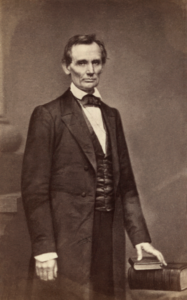 With Leap Year Day, February graced the nation with an extra twenty-four hours on February 29, 1860. Abraham Lincoln was already feeling weary by the time he clambered onto the 10:40 am train from Providence, Rhode Island, to Exeter, New Hampshire. It was nearly two in the morning the day before by the time he finished his grand lecture at Cooper Union in New York City, joined the organizers for dinner, and spent several hours after midnight proofreading the text of the speech to be printed that day in the New York Tribune. A brief forty winks of sleep, then up again and on a train to Providence to give yet another long lecture that night. Having that speech gone well, and another late dinner, now he was on another train to finally see his son, Robert, in Exeter, the original rationale for this excursion into New England after New York.
With Leap Year Day, February graced the nation with an extra twenty-four hours on February 29, 1860. Abraham Lincoln was already feeling weary by the time he clambered onto the 10:40 am train from Providence, Rhode Island, to Exeter, New Hampshire. It was nearly two in the morning the day before by the time he finished his grand lecture at Cooper Union in New York City, joined the organizers for dinner, and spent several hours after midnight proofreading the text of the speech to be printed that day in the New York Tribune. A brief forty winks of sleep, then up again and on a train to Providence to give yet another long lecture that night. Having that speech gone well, and another late dinner, now he was on another train to finally see his son, Robert, in Exeter, the original rationale for this excursion into New England after New York.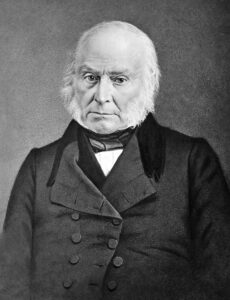 On February 21, 1848, Abraham Lincoln was attending proceedings in the House of Representatives, when suddenly, the Speaker of the House, Robert Charles Winthrop, was interrupted “by several gentlemen, who sprang from their seats to the assistance of the venerable John Quincy Adams, who was observed to be sinking from his seat in what appeared to be the agonies of death.” Adams was carried to the rotunda, and from there to the speaker’s room, where he remained until his last breath two days later. Lincoln would serve on the official House funeral arrangements committee for Adams, the former president and his House colleague during Lincoln’s sole term in Congress.
On February 21, 1848, Abraham Lincoln was attending proceedings in the House of Representatives, when suddenly, the Speaker of the House, Robert Charles Winthrop, was interrupted “by several gentlemen, who sprang from their seats to the assistance of the venerable John Quincy Adams, who was observed to be sinking from his seat in what appeared to be the agonies of death.” Adams was carried to the rotunda, and from there to the speaker’s room, where he remained until his last breath two days later. Lincoln would serve on the official House funeral arrangements committee for Adams, the former president and his House colleague during Lincoln’s sole term in Congress.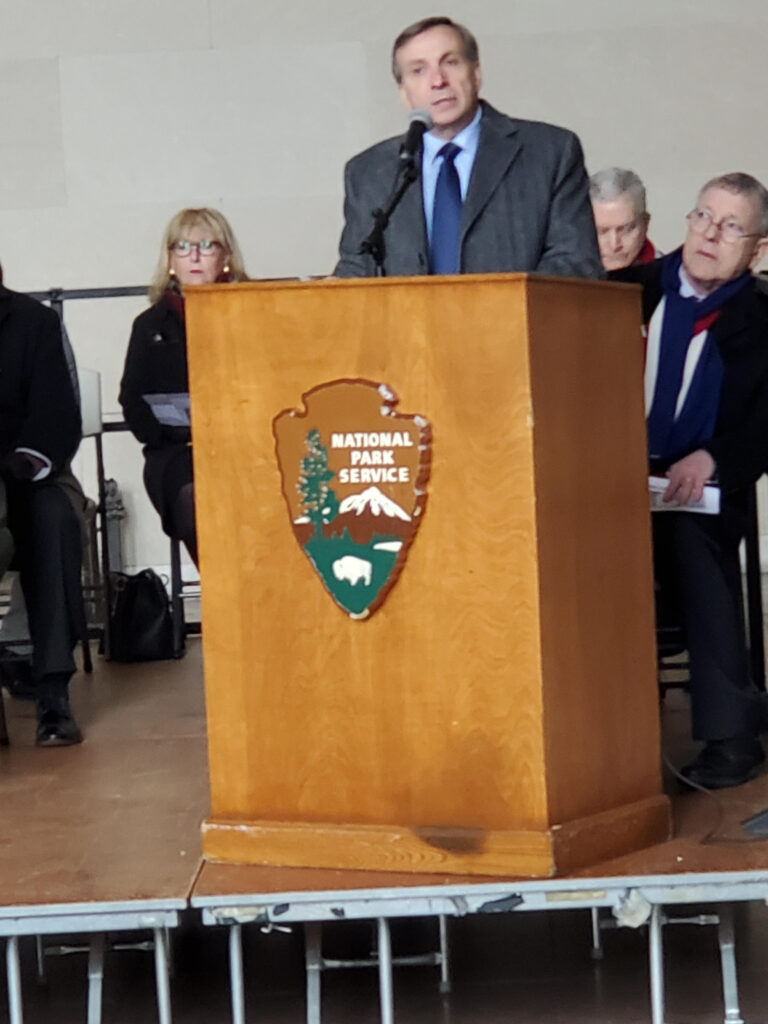
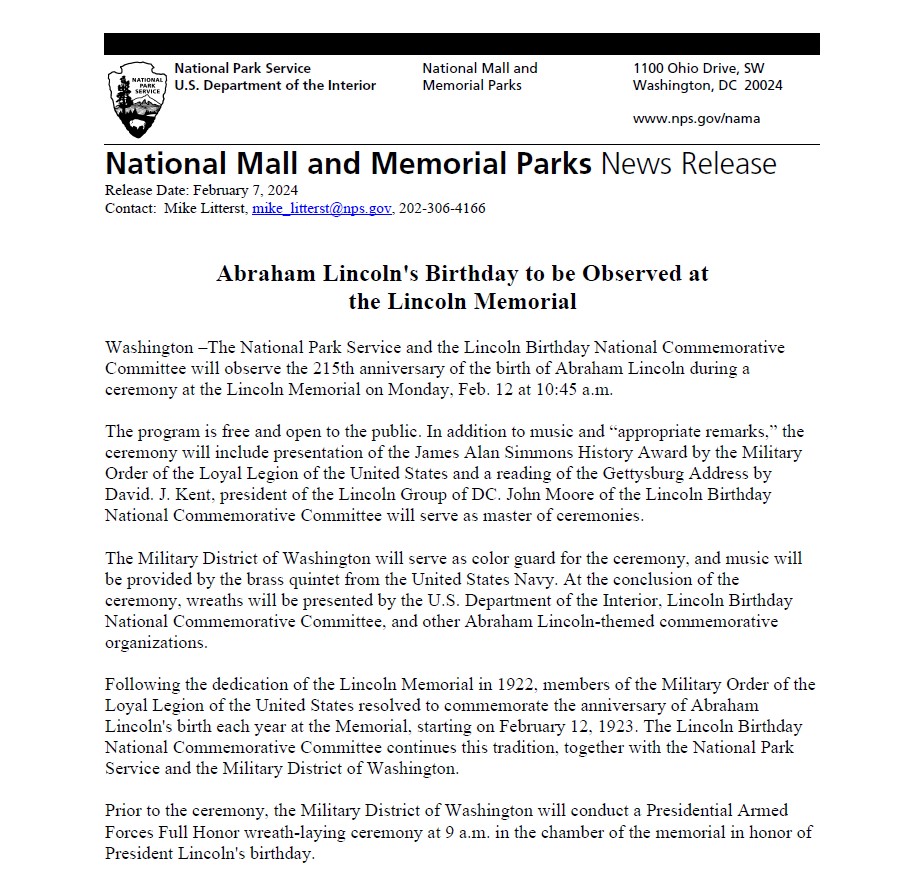
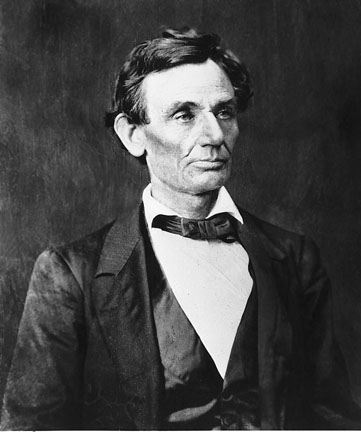 On February 1, 1848, Congressman Abraham Lincoln wrote his law partner, William Herndon, in response to a critical letter Herndon had written him. Herndon had complained that Lincoln’s “
On February 1, 1848, Congressman Abraham Lincoln wrote his law partner, William Herndon, in response to a critical letter Herndon had written him. Herndon had complained that Lincoln’s “






